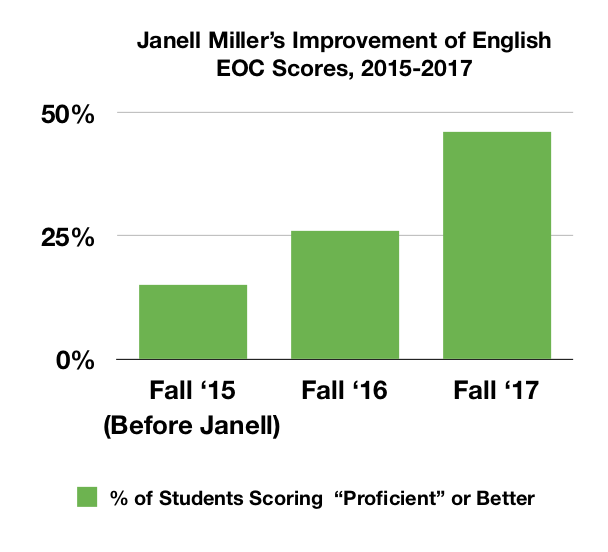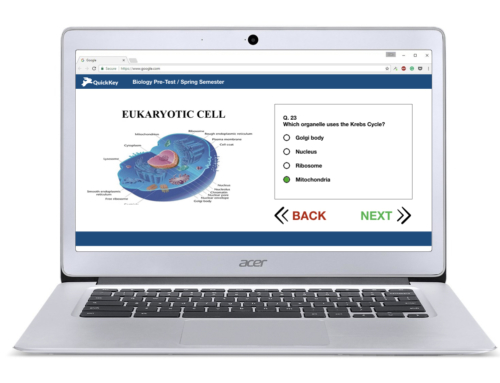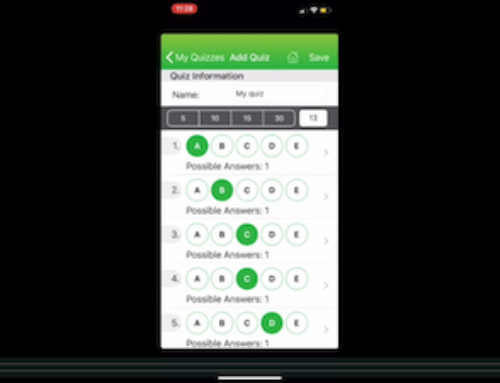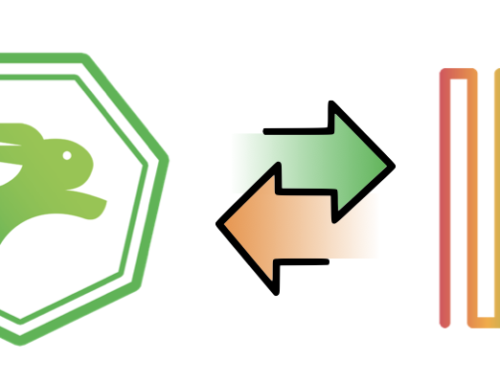
It is Hard to Get Recognition for Improvement at a High-Needs School … BUT YOU CAN!
The joy of teaching is too often undermined by the immense focus on standardized testing, proficiency expectations, and school report cards.
Only teachers can truly understand the difficulty of meeting the expectation to raise proficiency levels in low-performing middle- and high-schools where students arrive many years behind grade level. Teachers can devote everything to their craft and advance their students by multiple grade levels, and their school might still receive a D or an F because the growth was not enough to meet the school’s proficiency goals.
It is discouraging and demoralizing for teachers who work hard and make real measurable gains when the mantle of “low performing” is so difficult to shake. However, against all odds, the expectations can be met. Teachers can truly take lemons and make lemonade.
A Systematic Approach can Yield Results and Recognition
We all know teaching is not a “one size fits all” profession, so my approach to teaching in high-needs schools is very systematic:
Step 1:
Pre-Semester Baseline and Assessment Creation
Before school starts, I review my rosters and the predicted data for my students. Based on these data, I set my own goals for each student to surpass in relation to their predictions. I then create a bi-weekly assessment schedule aligned to the tested standards; each bi-weekly assessment focuses on two of the standards, and each contains both a literature and information passage. The assessments are untraditional in that they are skills based rather than content based.
Step 2:
Setting Expectations with Individual Students
At the beginning of each school year I am transparent with students about their data and share their predictions with them. Each student is given a data folder that they use throughout the semester to track their progress toward mastering the standards.
Step 3:
Bi-Weekly Formative Assessment & Review with Students and my Department
Every other Friday my students are prepared for an assessment. The following Monday my students are prepared to review the class data, and reflect on their individual performance. Students are tasked with finding misconceptions and explaining the reasoning behind correct answers for the frequently missed questions.
I also review the assessments with the other teachers in my department each Monday. As a department, we review the data for each content level and create an action plan to reteach, remediate, and/or retest as needed.
Ensuring Effectiveness with Data-Driven Personalized Learning
Personalized learning is also a very beneficial strategy that I use in my classroom, because it allows students to work at their own pace and focus only on what they don’t know. This strategy requires a lot of planning on the front-end. Collaboration and technology are an essential part of this strategy. With the personalized learning model, students are given a pre-assessment on the standard and must complete a learning pathway of activities based on their scores and prior knowledge.
How I Know this Works: My Results
This fall semester I was able to grow my students from 26% to 46% proficiency in English II. The prior school year my students grew from 15% to 26% proficiency in English II. Not only did I exceed the predicted growth for students, but our school was also removed from the low performing list.
As teachers we must celebrate the growth and the small victories, because the small victories contribute to the joy we get to experience as educators. While the expectations seem impossible, with a systemic approach we can surmount the goal!
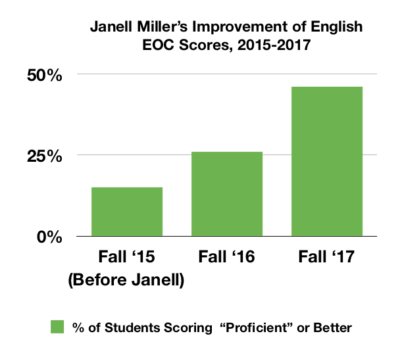
Janell’s Methods, which can be used by any teacher with or without support from the district, tripled her students’ performance in just two years
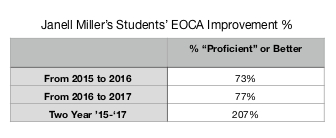
About Janell Miller:
Janell Miller is a High School English teacher from New Brunswick, New Jersey. Now in her 4th year of teaching, Janell began her career as a Teach for America (TFA) Corps Member in 2014 as a part of the charter corps in the Piedmont Triad region of North Carolina. Janell helped initiate the “Numbers Matter” instructional plan resulting extensive growth in proficiency and college and career readiness for English II students at Carver High School.
